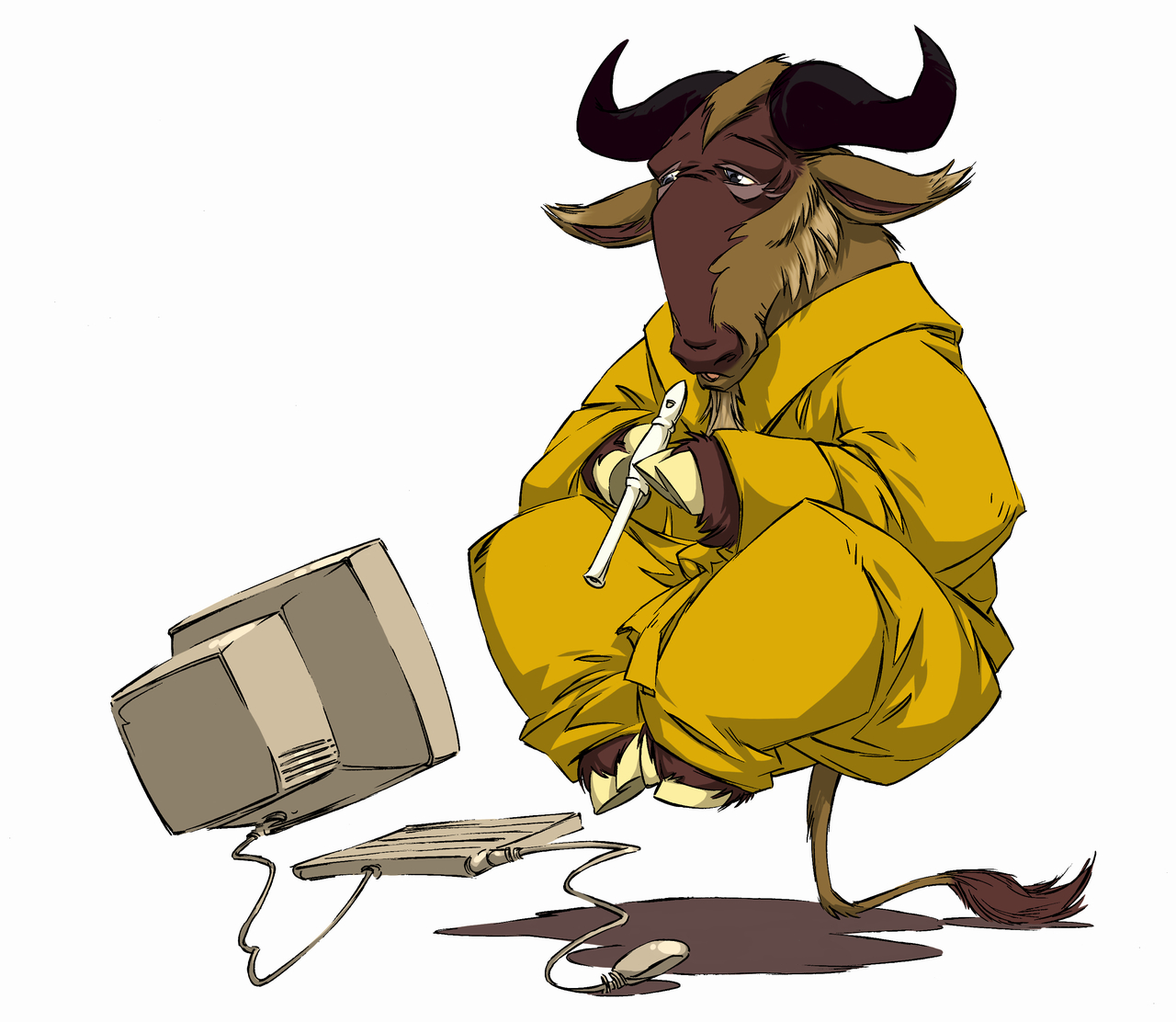Lookat 2.0.1 released
“lookat” (or “bekijk” in Dutch) is a program to view text files and manual pages. It is designed to be more user-friendly than more conventional text viewers such as less. And supports colored manpages.
Lookat 2.0.1 is the latest stable release of Lookat/Bekijk.
ChangeLog
- BUGFIX: corrected screen refresh code. To handle non-utf8 terminals correctly.
- BUGFIX: ensure that menus are initialized before using them.
- BUGFIX: corrected type menu handling.
- BUGFIX: failed to open type enabled extentions from the commandline.







